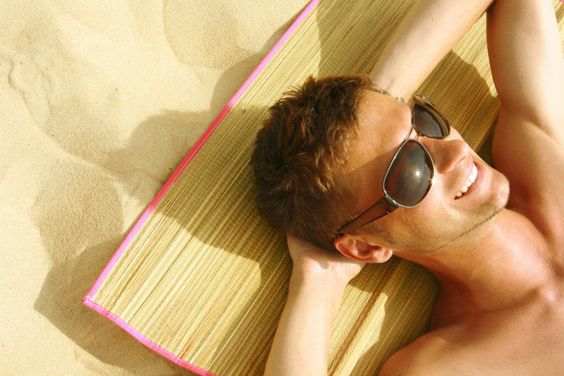Introduction
We all know the importance of protecting our skin from the sun's harmful ultraviolet (UV) rays, but did you know that your eyes need protection too? UV radiation can damage various parts of the eye, leading to serious vision problems later in life. Just like applying sunscreen is a crucial part of your daily routine, so is wearing proper eye protection.

Protecting your eyes from UV damage is a year-round necessity, not just a summertime concern. UV rays are present even on cloudy days, and their intensity can be magnified by reflection off surfaces like snow, water, and sand. By understanding the risks and taking simple preventative measures, you can significantly reduce your chances of developing UV-related eye conditions and maintain good eye health for years to come.
The Importance of UV Eye Protection
UV radiation is a form of invisible light energy emitted by the sun. While our bodies need some sun exposure to produce vitamin D, excessive exposure to UV rays can have detrimental effects on our health, particularly our eyes.
Prolonged exposure to UV radiation can contribute to several eye conditions, including:
- Cataracts: Clouding of the eye's natural lens, leading to blurred vision.
- Macular Degeneration: Damage to the macula, the central part of the retina responsible for sharp central vision, resulting in vision loss.
- Photokeratitis: Also known as "sunburn of the eye," it causes temporary pain, redness, and light sensitivity.
- Pterygium: A non-cancerous growth on the white of the eye that can obstruct vision.
How to Protect Your Eyes from UV Rays
The good news is that protecting your eyes from the harmful effects of UV radiation is relatively simple. Here are some essential tips:
- Wear Sunglasses That Block 100% of UV Rays: Invest in sunglasses that offer 100% protection from both UVA and UVB rays. Look for labels that specifically state "100% UV protection" or "UV400."
- Choose Wraparound Styles: Opt for sunglasses with a wraparound design or large lenses to minimize UV rays from entering from the sides and top.
- Don't Forget Hats: Wearing a wide-brimmed hat can provide additional protection for your eyes by shading them from direct sunlight.
- Be Extra Cautious in Reflective Environments: Water, snow, and sand can reflect UV rays, increasing your exposure. Wear sunglasses and a hat, even on cloudy days, when near these surfaces.
- Consider Special-Purpose Eyewear: Engage in outdoor activities like skiing, snowboarding, or water sports, consider investing in specialized eyewear with appropriate UV protection.
Protecting Children's Eyes
Children are particularly vulnerable to UV damage because their eyes are still developing. It's crucial to start protecting their eyes from a young age. Encourage children to wear sunglasses and hats when playing outdoors and set a good example by practicing safe sun habits yourself.
Conclusion
Protecting your eyes from UV damage is an essential aspect of maintaining lifelong eye health. By understanding the risks associated with UV exposure and adopting simple preventive measures like wearing protective sunglasses and hats, you can significantly reduce your risk of developing UV-related eye conditions and enjoy clear, healthy vision for years to come.





